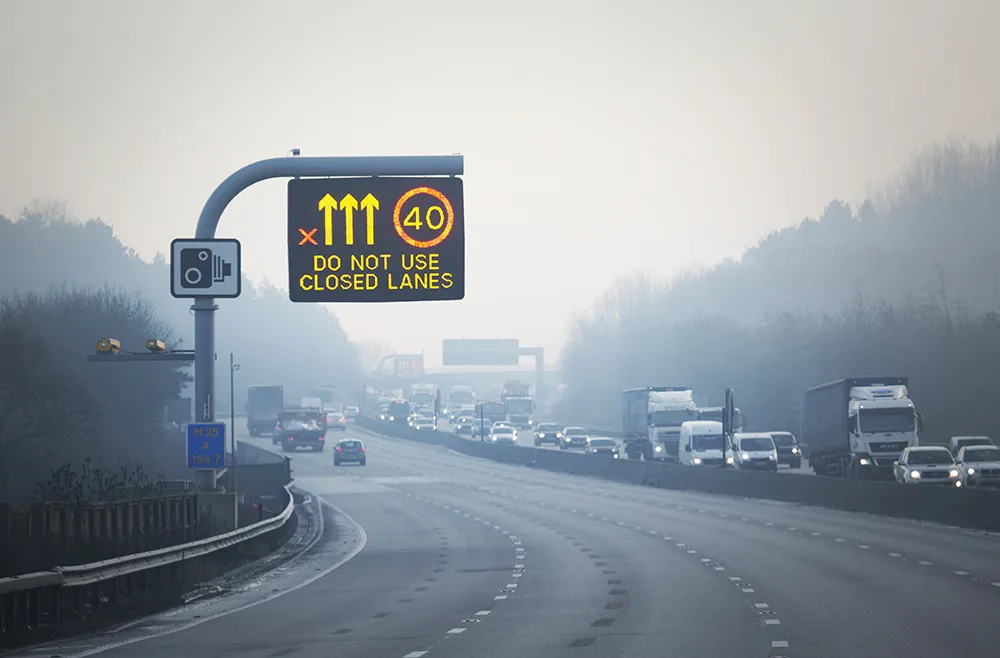The
The two-year review - jointly funded by the DfT and
The DfT will work with the Home Office and the National Police Chiefs’ Council. A pilot programme is expected to follow in 2020, looking at new initiatives to see what works best for reducing road casualties.
Michael Ellis, road safety minister, says road policing is a “key deterrent” in stopping drivers breaking the law and risking their own - and other people’s - lives.
“This review will not only highlight where police forces are doing good work, it will show what more can be done to improve road safety,” Ellis adds.
Additionally, the review will look at how police and different agencies work together, the information they share and how improvements may increase capability and capacity. It will also consider how best to police roads in rural and urban areas and the strategic road network.
As part of the move, the DfT is rolling out a new version of the Collision Reporting and Sharing software and smartphone for police mobile devices.
The DfT says the app allows officers to report crash data and locations on-site rather than having to return to a police station to duplicate paperwork on a computer.
A call for evidence will launch in the autumn to find out what currently works well. Findings and recommendations will be ready next year.
DfT to review UK traffic enforcement
The Department for Transport (DfT) in the UK is to carry out a review into road policing and traffic enforcement in a bid to improve highway safety.
The two-year review - jointly funded by the DfT and Highways England - will look at how road policing currently works, its effectiveness and areas for improvement.
The DfT will work with the Home Office and the National Police Chiefs’ Council. A pilot programme is expected to follow in 2020, looking at new initiatives to see what works best for reducing roa
July 22, 2019
Read time: 2 mins









